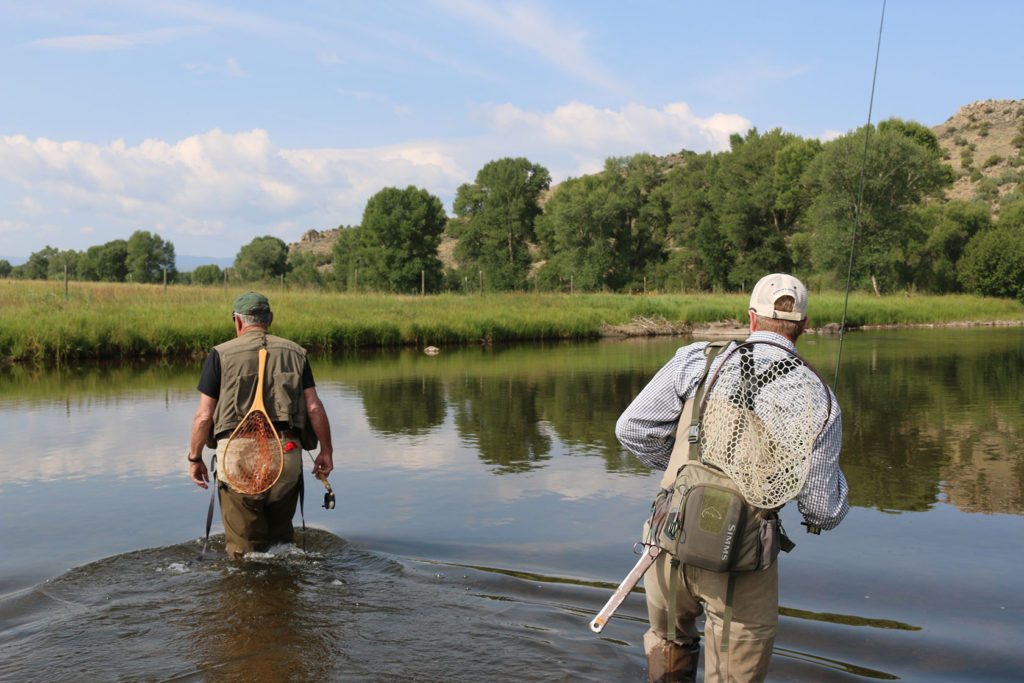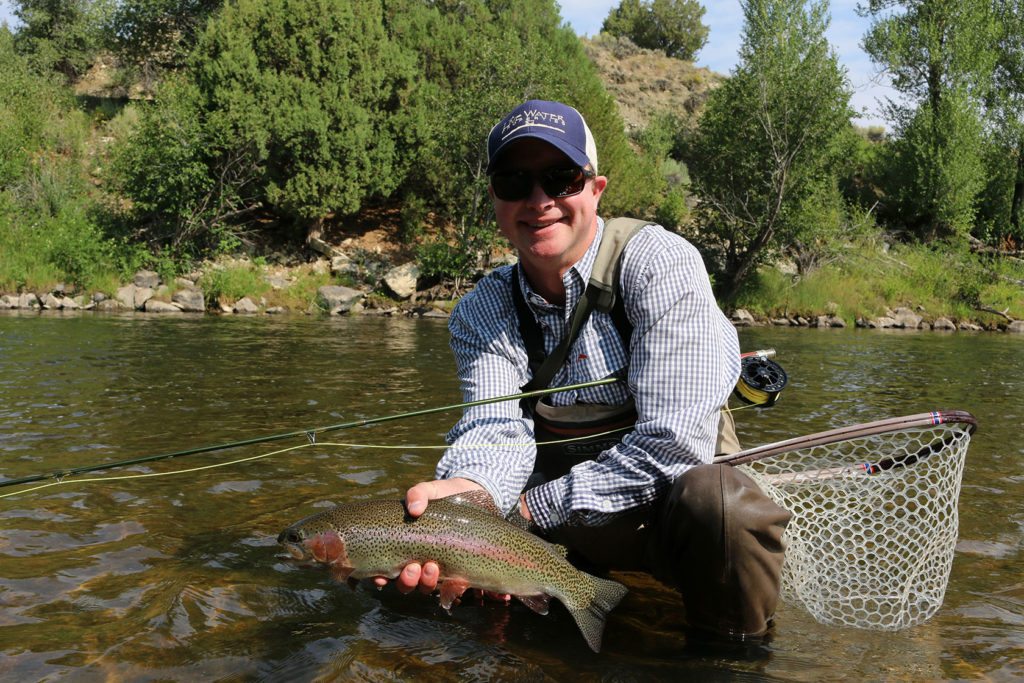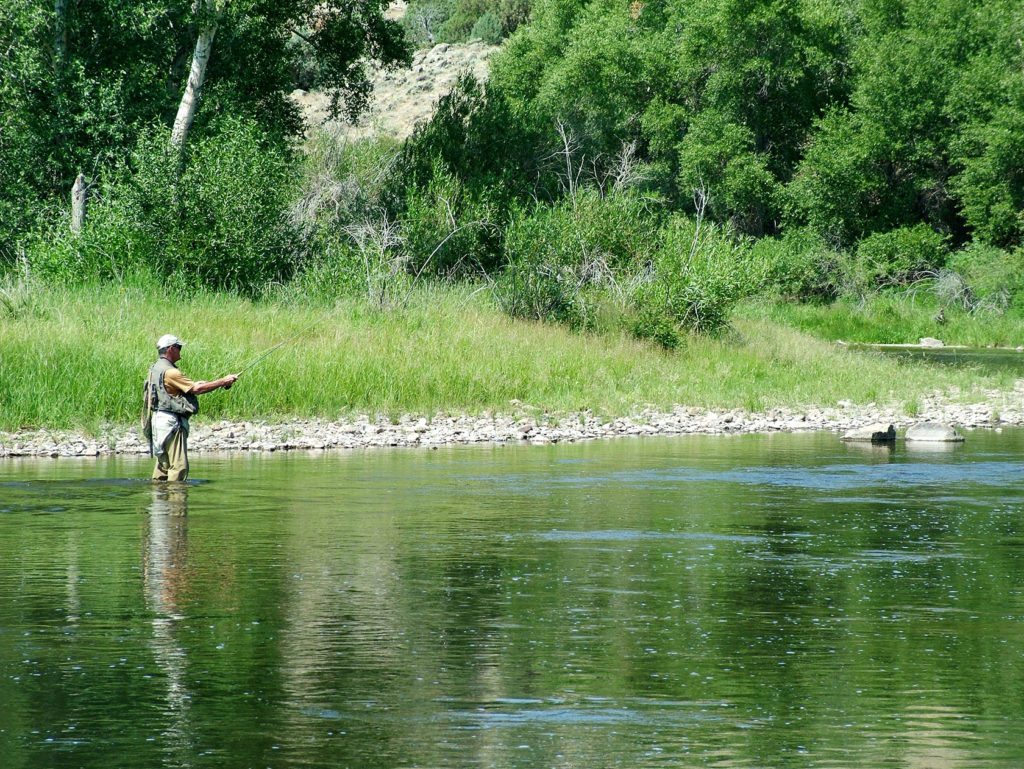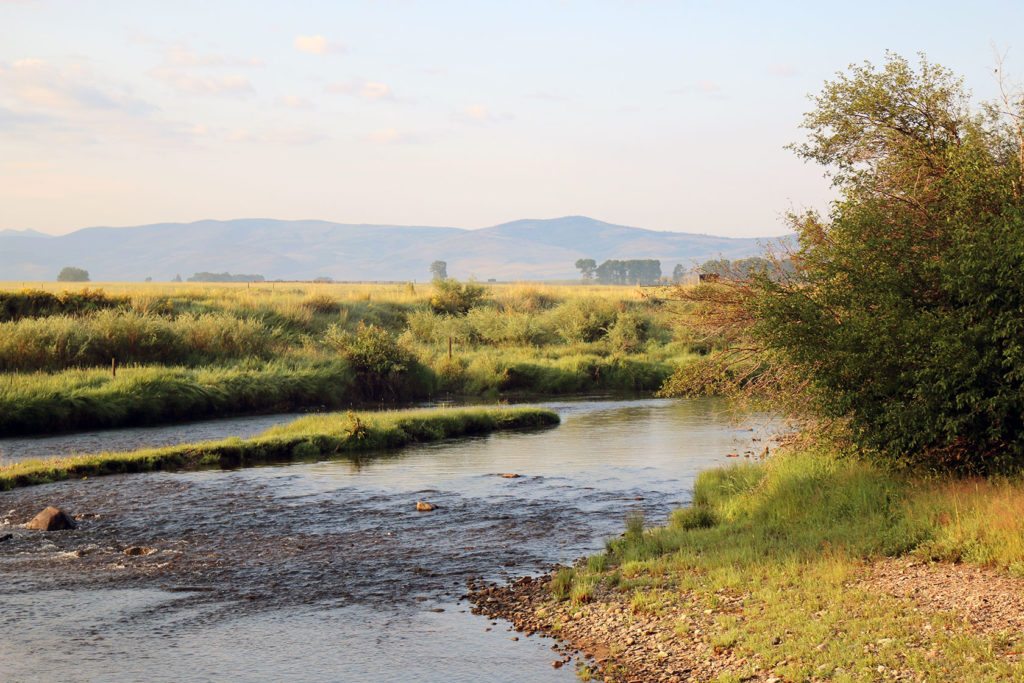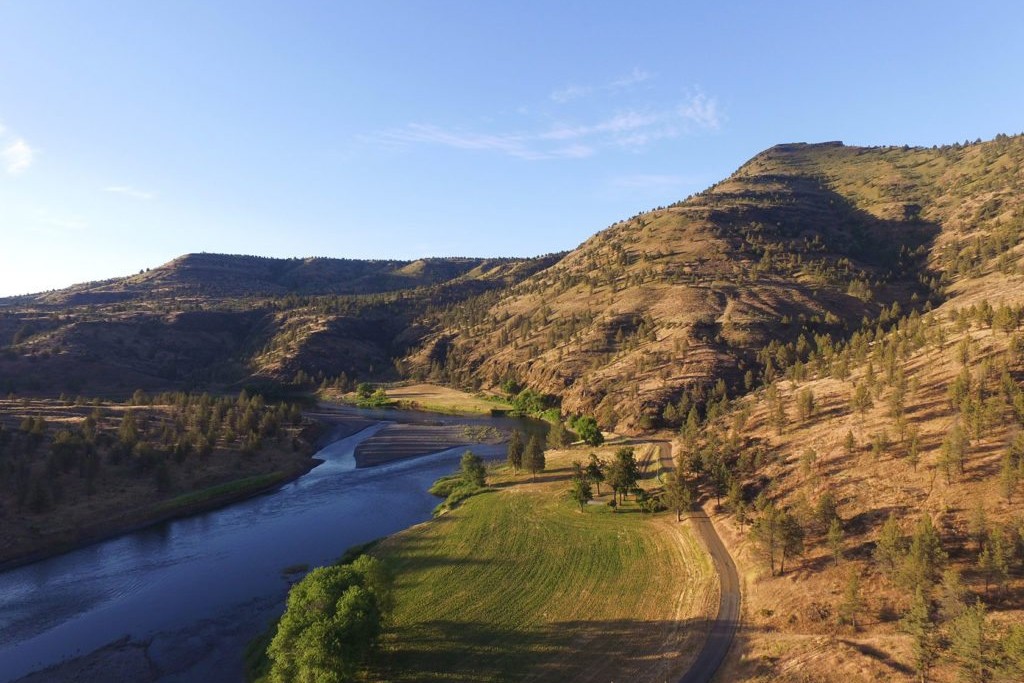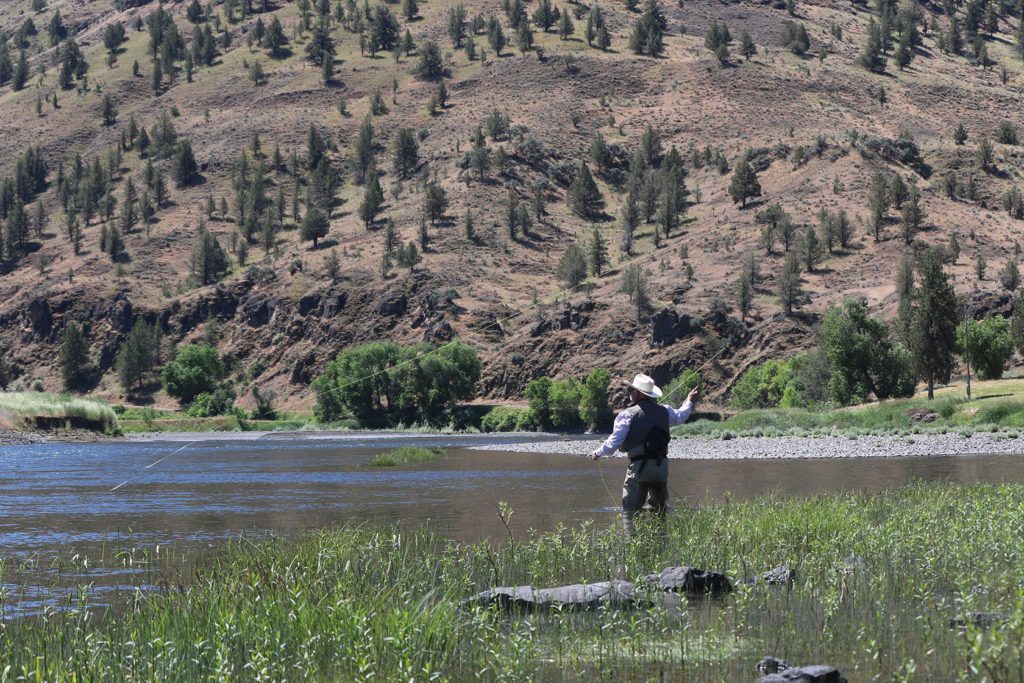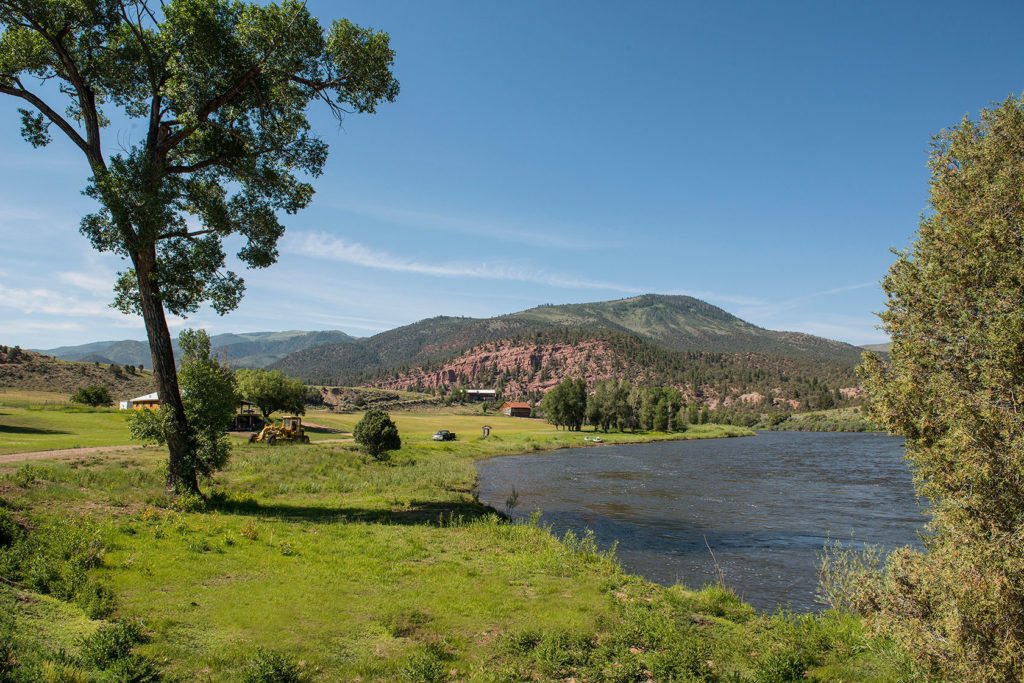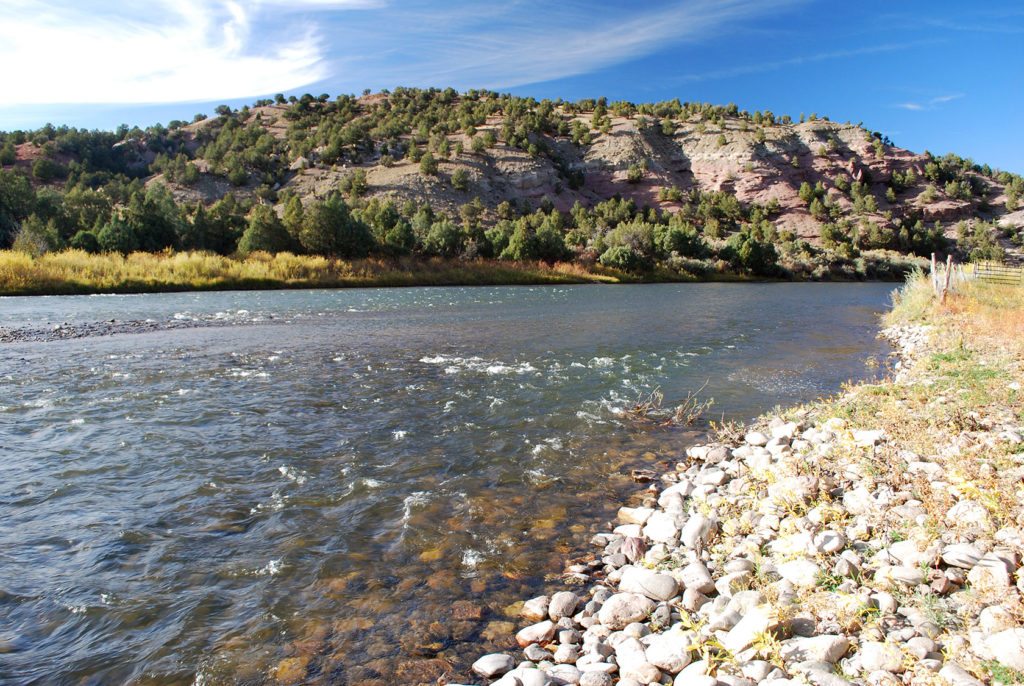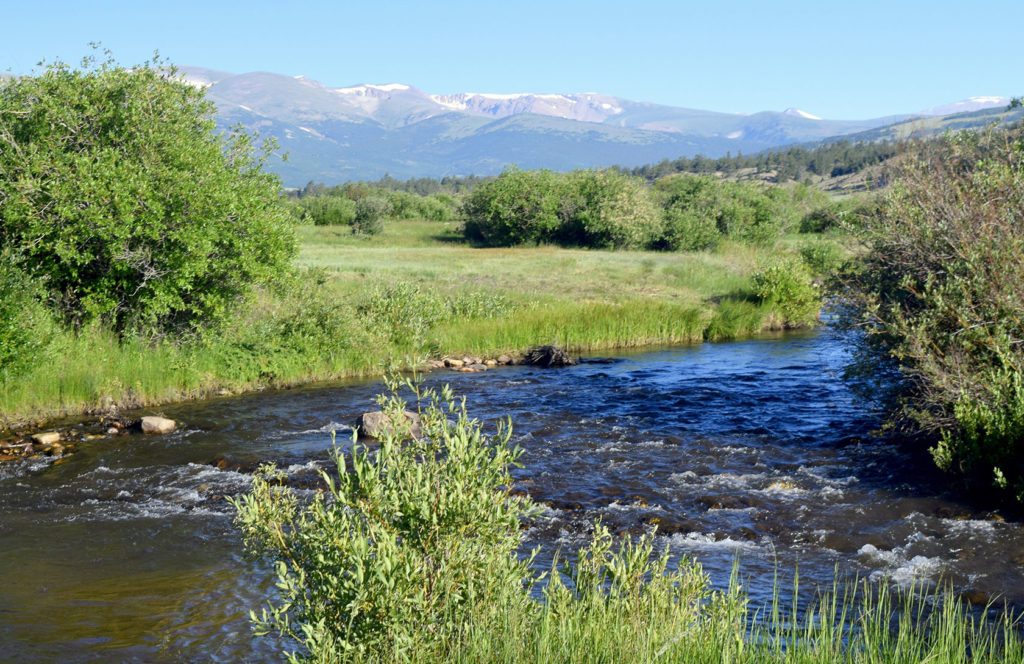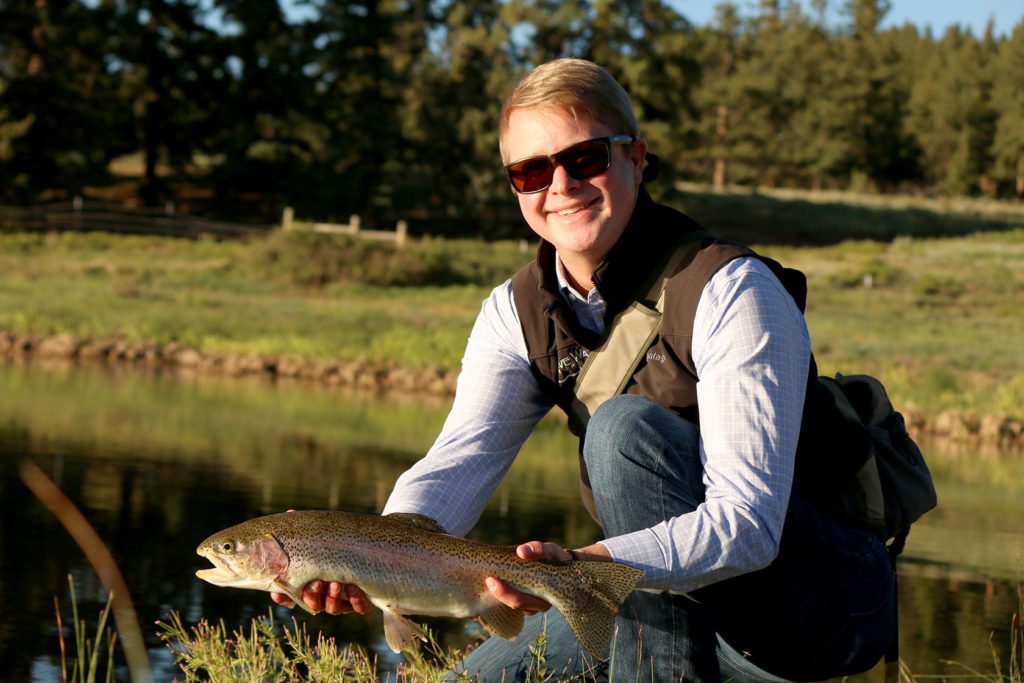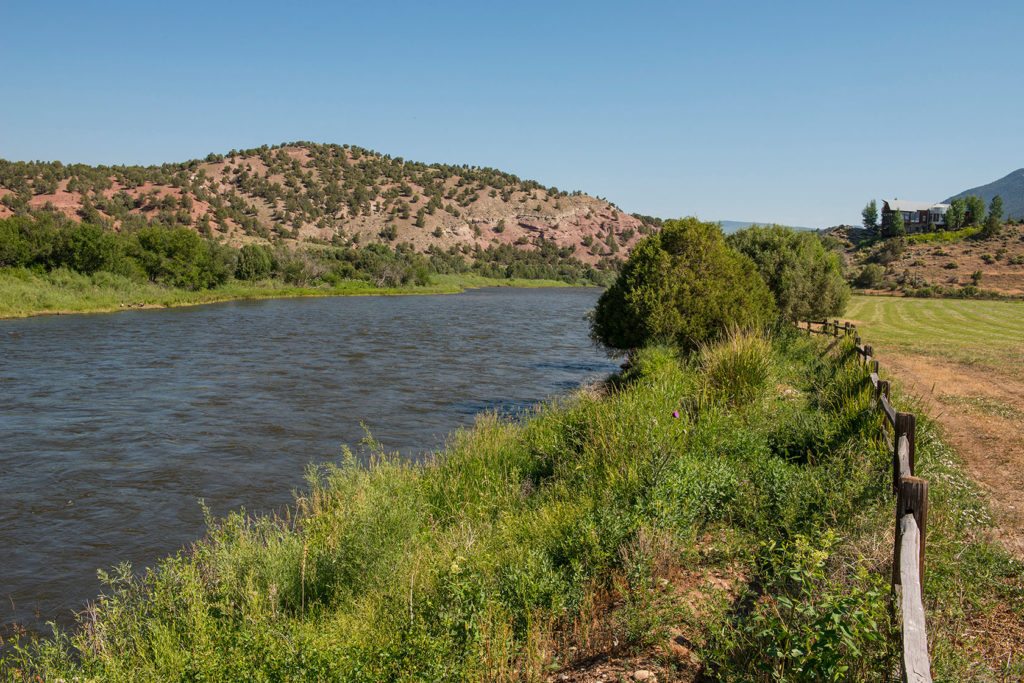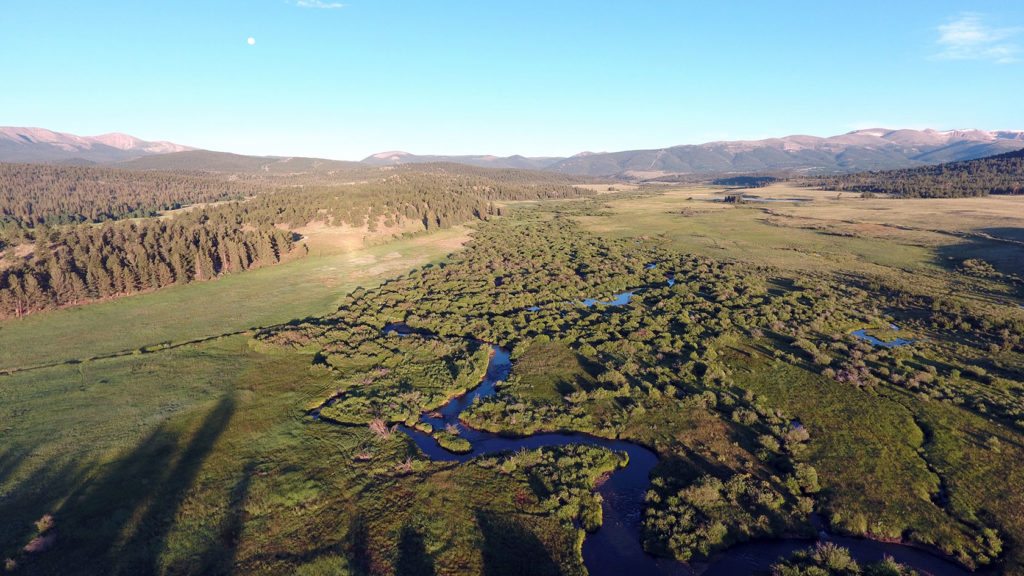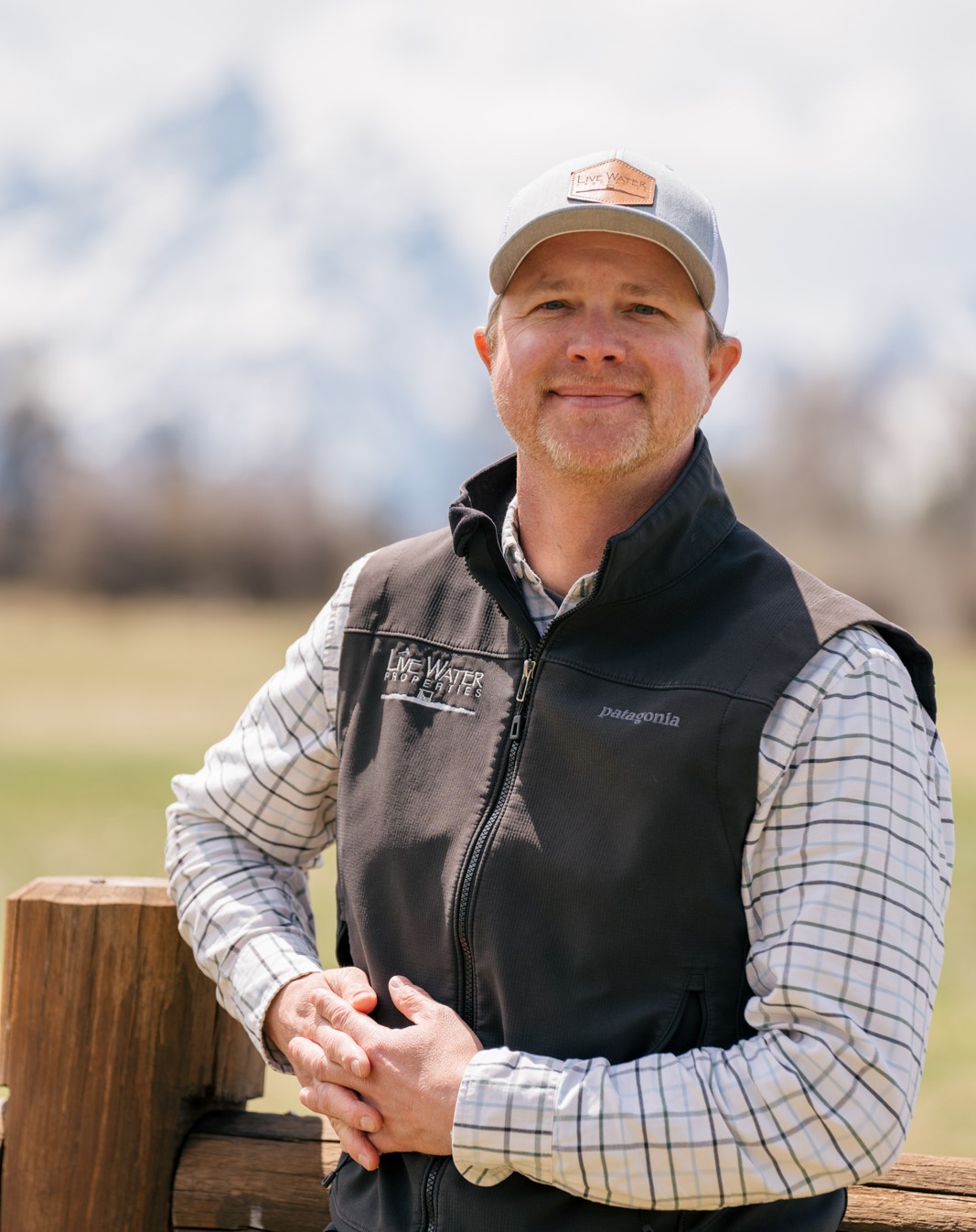Over the past 15 years I have been licensed in five states, in order to represent clients in the purchase and sale of ranches. During that time, I had the opportunity to work on ranches for sale in Montana, Wyoming, Idaho, California and Colorado. Of the many nuances that set each state apart from one another and is the most applicable topic to the types of ranches I most consistently work on is the differing stream access laws among states. While some states tend to heavily favor landowners, others are more public friendly and allow more access to fishable stream and river corridors, even if the land surrounding those rivers is held privately.
This is a general overview of the stream access laws in the states in which we sell ranches. Please note this is not to be construed as legal advice as we encourage all buyers to engage local counsel to investigate and advise on their rights pertaining to any property considered for purchase.
Wyoming Stream Access Laws
In Wyoming, landowners own the streambed. Anyone may float across private land on navigable water, but the streambed is the property of the owner. As stated by Wyoming Game and Fish Department, “Anglers are not allowed to wade fish or fish from a bank or island without permission if the stream bank, island, or streambed is privately owned. Wading, bank fishing, or anchoring without permission is trespassing.” One example of the benefits to stream access laws is a ranch we have for sale on the Encampment River near Saratoga, WY. While there is a brief period of several weeks post-runoff during which the ranch sees float traffic given the incredible fishing on the Encampment, the river is otherwise completely private for the balance of the year and is not legally able to be floated. During the period which flows are ideal for floating, the landowner can launch a boat directly from the ranch or take out at the ranch. This allows more flexibility to enjoy evening hatches and prime fishing hours, as opposed to having to rely on public access points.
Idaho Stream Access Laws
In Idaho, the state controls the waterways to the ‘Ordinary High Water Mark’ (OHWM); the land submerged below the ordinary high water mark of streams and rivers within the state are held by the Idaho Public Trust. The OHWM is defined as the “line on the shore established by the fluctuations of water and indicated by physical characteristics such as a clear, natural line impressed on the bank, shelving, changes in the character of soil, destruction of terrestrial vegetation, the presence of litter and debris, or other appropriate means that consider the characteristics of the surrounding areas.” For the purpose of fishing, anglers are able to float or wade these waterways up to the OHWM so long as they are to gain access to such land by legal access.
Oregon Stream Access Laws
If a river or stream is deemed navigable, and one can access the mean high water mark from public land, then he or she can float and stand in the river so long as remaining below the mean high water mark. For rivers that are labeled as non-navigable, property owners may own the bed of the river and therefore are allowed to float through but may not anchor or wade in the river, depending on the ownership of the land.
Montana Stream Access Laws
The Montana Supreme Court ruled in 1984 that the public may use streams and rivers for recreational enjoyment, such as floating and fishing, even if those waterways were not historically deemed to be navigable. This access is allowed to the high water mark, and it should be noted that the Montana Stream Access Law does not grant public access to cross private property to access the rivers. One of the benefits to land ownership on a productive fishing stream in Montana is the ability to wade from your stretch of river onto neighboring landowners upstream and down to continue your pursuit of Montana’s famed trout.
Colorado Stream Access Laws
Regarded as having some of the most landowner-friendly laws related to private property, along riparian corridors floaters, and anglers are not able to access privately-owned streambeds, regardless of how the waterway’s navigability is defined in Colorado. The streambed is owned by the landowner; boaters are able to float but do not have the right to anchor or otherwise access the private land in the streambed. In instances where the river is owned on one bank by private ownership, and public ownership owns on the opposite bank, the private landowner generally owns to the center line of the river down to the streambed. Ownership on a large floatable river, such as the Colorado, provides excellent benefits to an avid angler who would enjoy the convenience of launching a drift boat or taking out at the ranch. This allows more flexibility in your fishing times to take full advantage of the prolific hatches and periods of less float traffic; there is also something special about taking out at your own ranch and storing your gear onsite and ready for the next day’s adventure. Take a look at our Rocking TW Ranch, which provides such convenience on a productive stretch of the Colorado River.
Stream access laws can be a sensitive topic and could potentially change as a result of policy updates in each respective state. For additional details or for specific questions about a particular state please contact one of our knowledgeable Ranch Brokers in that state; they will be able to explain the distinctions among the laws in their home state and provide insight into the challenges and benefits.


